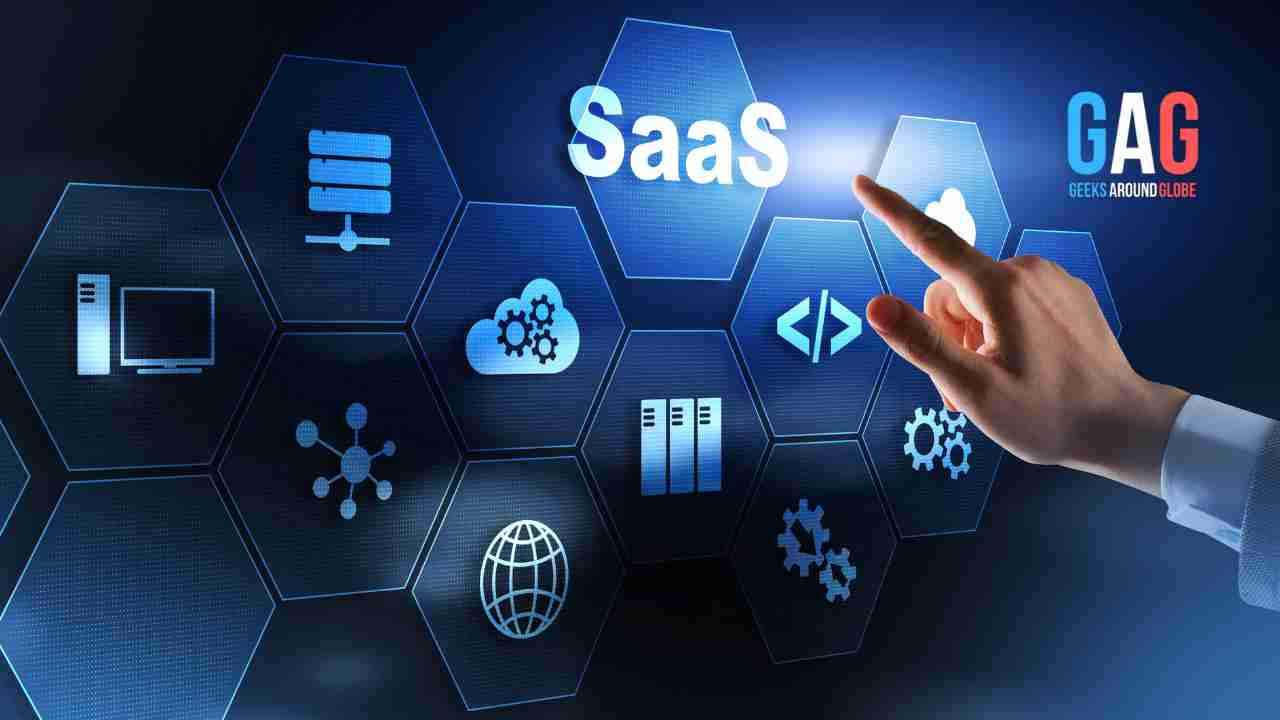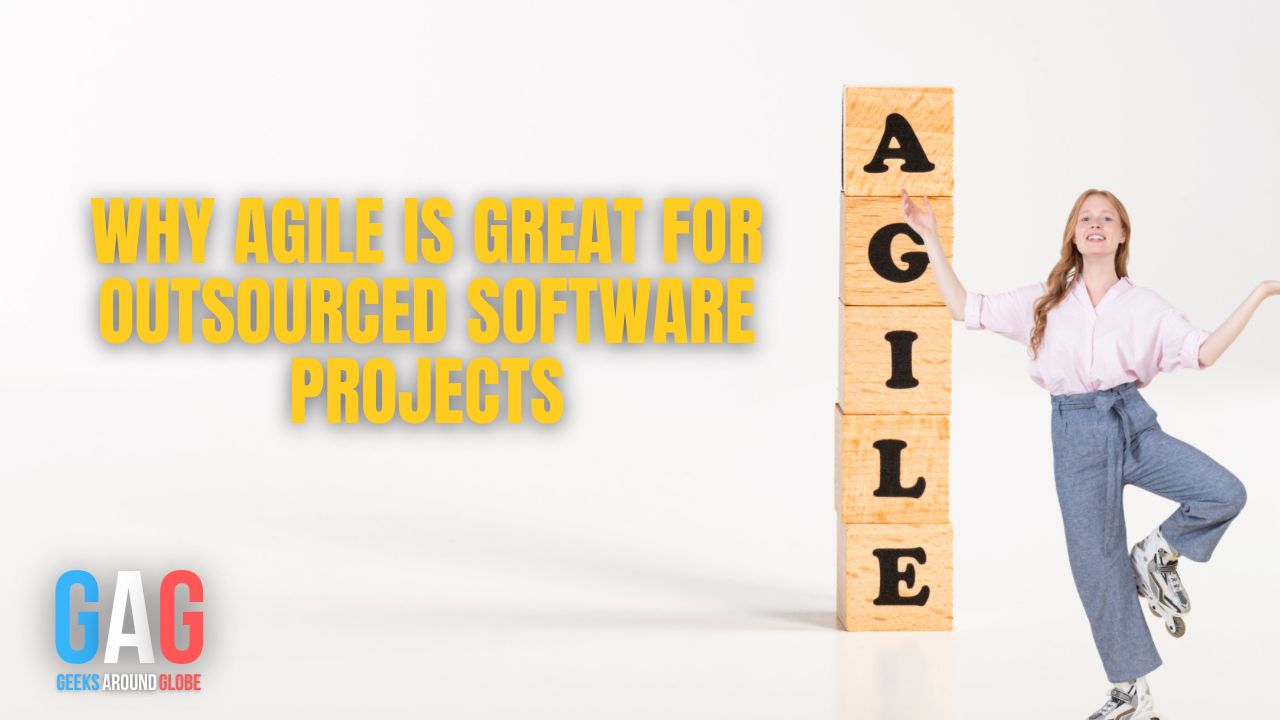
Are you thinking about starting a Software as a Service company? Or maybe you’re a customer curious to know more about how SaaS products will be billed. Today, we’ll give you a quick and easy-to-understand guide to SaaS billing in 2023. We’ll go over everything. We understand how complex SaaS billing can be. Our goal is to make it as simple and easy to use as possible, so you can concentrate on what really matters: expanding your business and continuing to enjoy the SaaS products. So, let’s get straight to it.
- Billing Cycles
When it comes to SaaS billing, businesses need to think about the kinds of billing cycles that correspond to the nature of their products and meet the needs of their consumers. What this means is that some clients may prefer monthly billing cycles, whereas others might want annual or quarterly billing cycles. Whichever the preference, businesses must be open and unambiguous about fully automated renewal and discontinuation policies to prevent misunderstandings.
That is where recurring billing software can be of use. It aids in the automation of the billing process by charging people on a regular schedule. It not only speeds up the payment process but also minimizes the risk of errors and enhances customer satisfaction by rendering payments simple and painless.
Clients can also relax knowing that with automatic renewal and discontinuation rules in place, they will not be billed suddenly and without warning or have trouble canceling their subscription.
- Pricing Models
For SaaS pricing models, there are a few choices to think about. Usage-based pricing is one option. In this, customers are billed depending on how much they are using the product. Tiered pricing is also another option, in which clients are made to pay different rates based on the degree of service they need. Businesses may also provide flat-rate pricing, in which customers pay a set fee regardless of usage.
Besides the pricing model, SaaS providers may offer various plans with different functions and features at different rates. Customers can then opt for the plan that best suits their requirements and budget. A basic plan, for instance, may provide limited functions at a lower cost, whereas a premium plan may provide more complex features.
- Compliance
Another important factor to consider for any SaaS business when it comes to invoicing and data confidentiality is compliance with the laws. Your company should be following all applicable laws and regulations, like the General Data Protection Regulation (GDPR) and the Payment Card Industry Data Security Standard (PCI DSS). These rules form guidelines for how businesses handle financial and personal data. And beware because failure to comply can have serious consequences.
The GDPR, for instance, requires businesses to acquire customers’ full permission before gathering or processing their personal information. It also establishes data storage and security requirements to guarantee that the user information is safeguarded against misuse or theft. Similarly, PCI DSS establishes standards for how card payment data is handled, processed, and saved in a bid to avoid fraudulent use and data leaks.
By sticking to these regulations, SaaS businesses can boost customer trust while avoiding financial or legal fines. To ensure continued compliance, it’s vital to stay up to date on any updates or modifications to these rules.
- Invoicing and Taxes
It is extremely crucial for a SaaS company to provide transparent and precise receipts and invoices to ensure clarity and establish trust with customers. The more administrative elements of billing, such as taxes and invoicing, should be handled by your billing system. It makes sure that the client is not made to pay too much or too little, and it also helps to avoid billing disputes.
Payment processing is made easier by sending invoices securely and smoothly, as well as assimilating them with your payment service. When a bill is paid by a customer, an email should be sent to them right away with all the transaction information, current balance, and anything else that’s useful.
Your invoicing software should also be capable of estimating and using the correct sales tax for every transaction and account for any relevant exemptions. It is critical because software sales tax rules fluctuate according to the area where the sale is made. Calculating and adding up manually can quickly become tedious and inefficient.
What’s more, taxes may vary depending on whether the item or service in question is delivered digitally or physically, or if the software is custom-built. To avoid ambiguity, make sure your billing system can handle these intricacies and provide precise invoices and receipts every time.
- Subscription Management
As a SaaS company, giving clients the capacity to handle their subscriptions is essential to offering a good user experience. Clients should be able to freely upgrade or downgrade their plans, withdraw their subscriptions, and switch payment methods whenever they want.
This feature reduces customer churn by allowing them to easily change their subscription to satisfy their requirements and budget. It also helps the SaaS business to better manage its income and avoid loss of customers due to inflexibility.
By having simple-to-use subscription management tools, SaaS businesses can boost customer satisfaction and retention. These elements must be made clear and convenient, with step-by-step guidelines and useful prompts. Doing this will ensure that SaaS businesses cultivate a loyal clientele and boost revenue over time.
- Types of Payment
Having multiple payment options available is a good idea if you’re starting a SaaS company. If not, you could be in deep trouble. It is because each customer has a unique payment preference, and it needs to be met. It means some customers might want to use their credit cards to pay, while others would prefer PayPal, direct debit, or other payment methods. So, all these options should be available, otherwise, you can say goodbye to the customer.
But the benefits are greater than they seem. Having numerous payment options enhances both the consumer experience and the chances of successful payouts. Clients may be more inclined to purchase your services if they can pay with their chosen mode. Besides that, providing secure payment options like PayPal and direct debit can boost trust and security.
Remember that customers need to be given clear financing options that are easily accessible, along with specific directions to steer them through the entire process.
Conclusion
While handling SaaS billing isn’t that easy, it’s an important part of growing a successful SaaS business. Having gone through the points above, you should have a clearer idea of the billing process and the things you should do and avoid. Try staying current on billing technologies and developments since it’s essential for any SaaS company looking to excel in today’s competitive market. SaaS companies can expand their businesses and develop strong, long-term connections with their clientele by putting their customers’ needs first.







